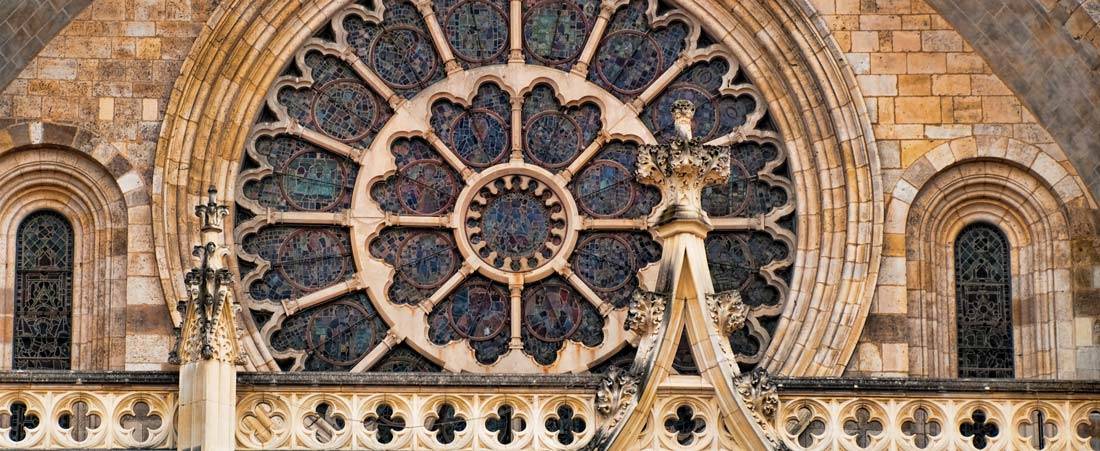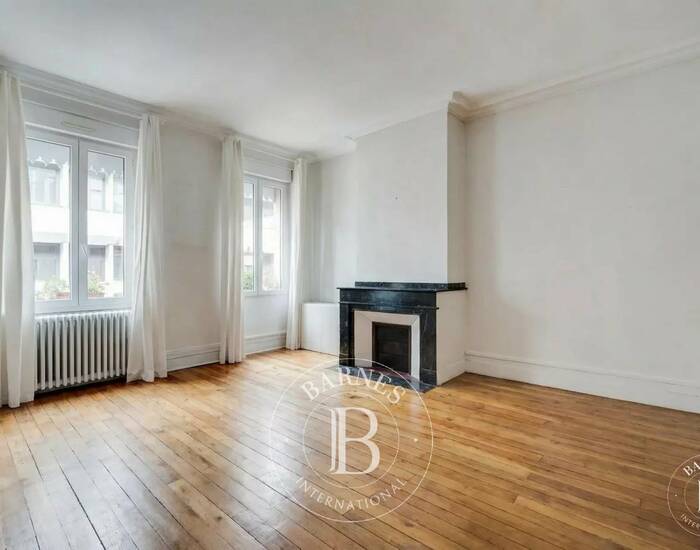Saint-Etienne district

History of the Saint-Etienne district
In the hypercentre of Toulouse, the Saint-Etienne district is organized around the place of the same name and the Saint-Etienne cathedral in Toulouse. South-east of the Capitol, above the Jardin des Plantes, the history of the district is closely linked to that of the Toulouse aristocracy. During antiquity, the area is located to the east of the Roman city of Tolosa and is not built. It became urbanized from the 4th century, with the creation of vast Gallo-Roman villas with private baths. At that time, the district was already supplied with water from the Guilheméry aqueduct, and provided with a wastewater evacuation system. When the city was conquered by the Franks in the 6th century, the district of Saint-Etienne tended to become rural. In the 9th century, the presence of two churches, Saint-Etienne and Saint-Jacques, however, revitalized the area, and gave it growing importance in the city. At the end of the 12th century, a new cathedral was erected in place of the Saint-Etienne church. Place Saint-Etienne thus becomes a central place for the city of Toulouse, which hosts the city's major events. In the 16th century, the cathedral was completed and the archiepiscopal palace enlarged. On Place Saint-Etienne is the first public fountain in Toulouse. Beautiful homes are being built around. It was only from the 18th century that the nerve center of the city moved towards the Place du Capitole, in front of the town hall.
The essentials of the Saint-Etienne district
Long beating heart of the city of Toulouse, the Saint-Etienne district concentrates many essential monuments of the city: the Saint-Etienne cathedral of course, a masterpiece of southern Gothic architecture, but also the Saint-Anne chapel and the Chapel of Our Lady of Nazareth, which together with the old Saint-Etienne church formed the cathedral group of the city. Fully included in the protected area of Toulouse, the Saint-Etienne district is also home to several fountains, including the oldest in the city, as well as beautiful historic properties, such as the Ulmo mansion, built in the 16th century on the basis of 'a 15th century fortified house. On the outskirts of the Saint-Etienne district are the Royal Garden, the Grand Rond, as well as the Arc de Triomphe erected in homage to the fighters of the First World War. The Place Saint-Etienne, in particular, is lined with remarkable buildings: houses with corondages rub shoulders with mansions of classical and neo-classical style. There is also the former episcopal then archiepiscopal palace, which now houses the prefecture.
Living in the Saint-Etienne district
In the heart of town, the Saint-Etienne district is popular and very pleasant to live in. The habitat there is made up almost exclusively of apartments, including prestigious properties sought after for their character. It is a neighborhood where one can easily live without a car, as it is well served by public transport. There are also many local shops as well as bars and restaurants. Green spaces add to the quality of life, with the Cardinal Jules Gerauo Saliège square on the cathedral side, but also the Allées Forain-François Verdier, the Grand Rond, the historic park of the Jardin Royal and the Plaza de Jose Miguel Valdès. Families will find in the Saint-Etienne district three private nursery and primary schools, a private college and a private technological and vocational high school. The area is also renowned for its luxury brands, antique shops and prestigious restaurants.


